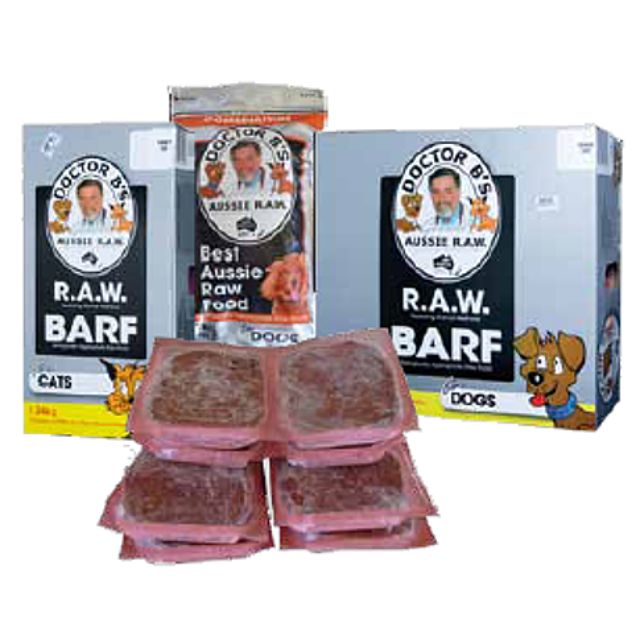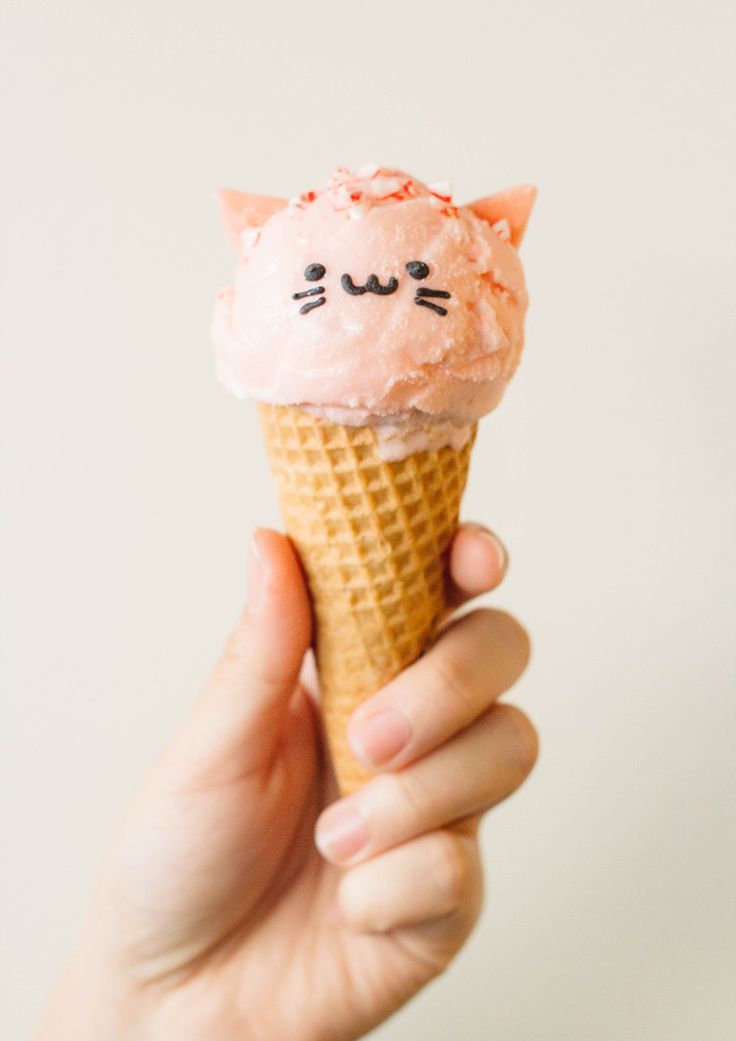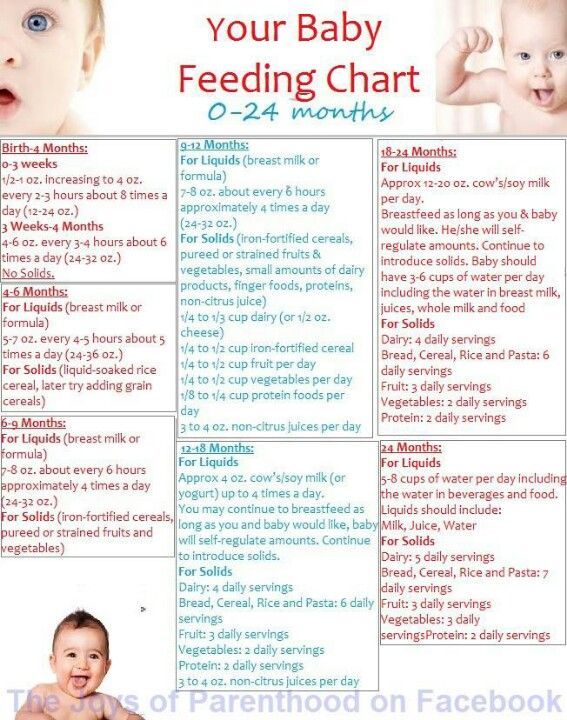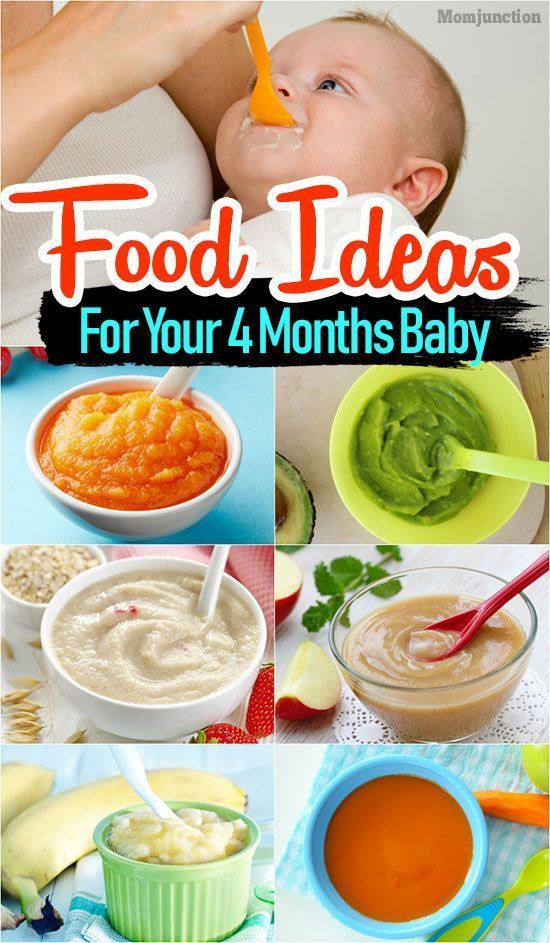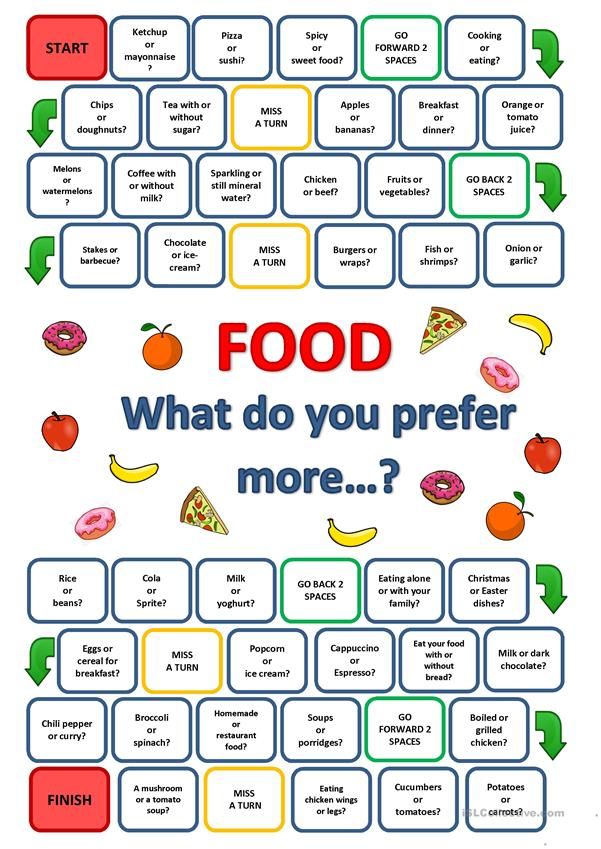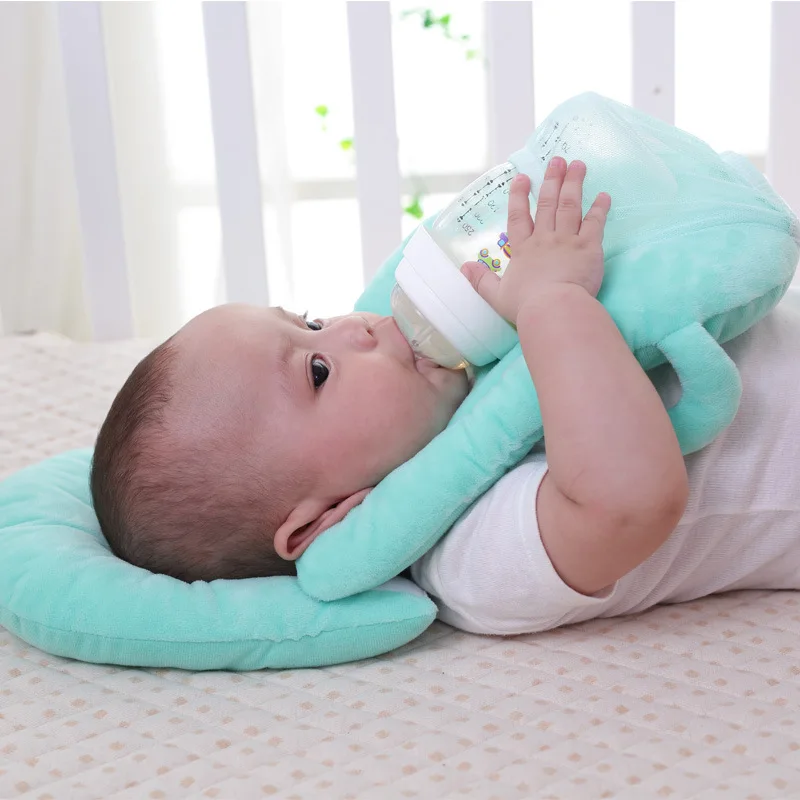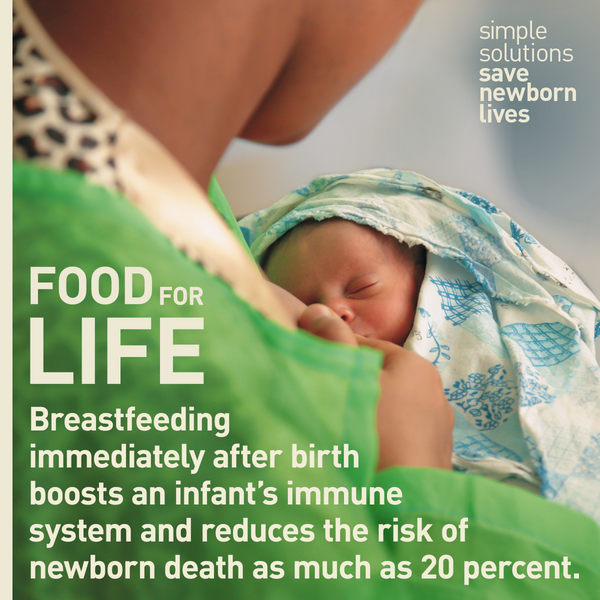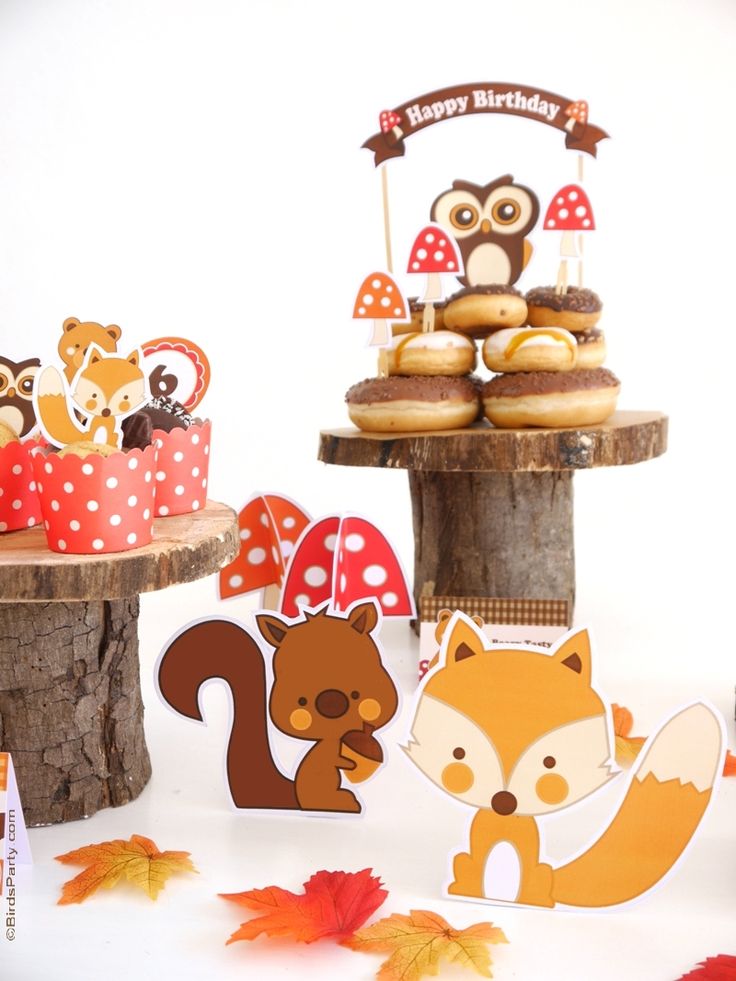Barf flavored baby food
The barf flavored jelly bean inventor
When Hong-Kong-born Ambrose Lee joined the Jelly Belly Candy Company in 1981, the firm had just 20 flavors. Today, it produces over 150 varieties of jelly beans.
Lee is head of a three-man R&D team that has introduced an array of novel and unexpected tastes for the jelly bean including beer and cocktail versions and even stinky socks flavor.
Last week, he was selected as Confectionery Personality of the Year 2014 by ConfectioneryNews readers.
Draft beer jelly bean spent years in development
Jelly Belly introduced its Draft beer flavored jelly beans at ISM in Cologne last year.“There’s no typical day in R&D – we are continuously developing new products. Every day is a new experience,” he told this site.
Lee said that a Jelly Belly flavor usually took one to three months to develop. But Jelly Belly’s draft beer flavored jelly bean, launched in 2014, took a few years. “When we first started, it didn’t taste like beer,” said Lee. The Jelly Belly R&D team experimented with the hops and other materials to make beer, but the product was slightly too bitter. Lee eventually nailed the flavor, but it took his team a few more months to perfect the color.
Lee throws up an unintended flavor
However, it wasn’t the longest Jelly Belly flavor in development. The barf flavored jelly bean that features in Jelly Belly’s recently launched BeanBoozled range holds that accolade. Like penicillin, Velcro and the Popsicle before it, the barf-flavored jelly bean was created by accident.
Lee was trying to develop a pizza flavor for a Harry Potter-branded range of jelly beans using cheese and meat flavors.
“People were actually trying to run away from the lab. They were saying it was so stinky – you stunk up the joint!”
Jelly Belly's BeanBoozled combines the company's most popular flavors with crazier ones that look just like their tastier counterparts.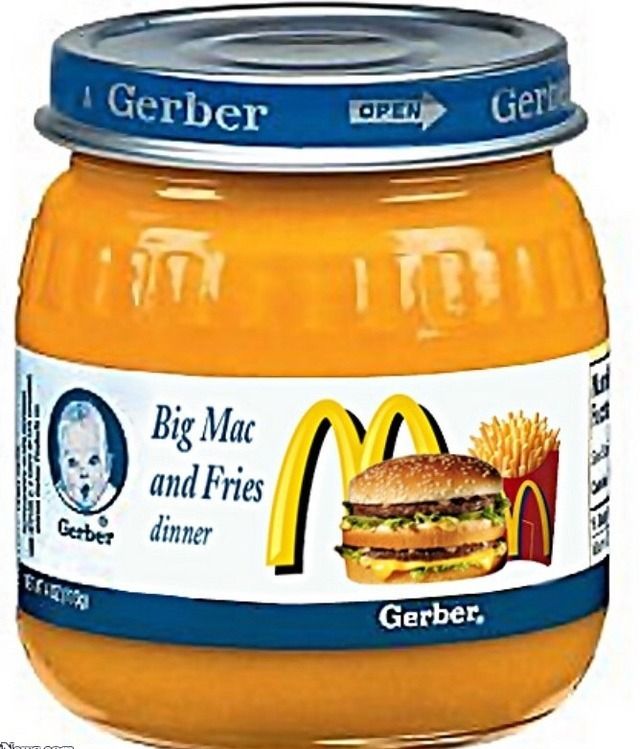
Senior management told Lee the flavor tasted sickly, so he added slightly more flavoring and the vomit-flavored jelly bean was born. The R&D chief went on to develop other risqué flavors for Harry Potter including earth worm, rotten egg, ear wax and sardines.
“It was so successful that we started our own for Jelly Belly,” he said. Lee worked on other stomach-turning flavors for the BeanBoozled range such as stinky socks, centipede and baby wipes.
Buttered popcorn: The flavor that may not have been
Ambrose Lee joined Jelly Belly - then the Herman Goelitz Candy Company - in 1981.Lee said his all-time favorite Jelly Belly flavor was buttered popcorn, which he developed around 25 years ago when the microwave was rising in popularity.
“I was watching people making it in the lunchroom and smelt this pleasant smell,” he said.
The R&D manager combined sweet and savory flavors in the lab before testing it with the quality assurance team.
“People were saying yuck! It doesn’t taste right – they hated it,” said Lee. Upper management expressed similar sentiments – but then Lee passed by the office of the CEO and asked his boss to guess the flavor. He got it in one.
“He said ‘congratulations Ambrose, you have developed the first candy with a sweet and savory base!’” Buttered popcorn remains one of Jelly Belly’s top 10 flavors.
The Reagan effect
Lee graduated from food science in Canada in 1976. He initially worked for McDonald’s, but then made his move to the US.
Jelly Belly's most famous fan
Former US president Ronald Reagan used to hand out jelly beans to White House visitors. He once said "you can tell a lot about a fellow by his way of eating jelly beans".
“I took the smallest job offer because I wanted a family-owned company and not a big corporate company with all the politics, “ he said.
Lee joined Jelly Belly in 1981 as a quality control technician when the firm was still the Herman Goelitz Candy Company. Within three years, he was appointed quality assurance manager at the company’s old headquarters in Oakland.
Within three years, he was appointed quality assurance manager at the company’s old headquarters in Oakland.
“Ronald Reagan tasted our candy and afterwards we couldn’t fill the orders, so that’s why we moved to a bigger facility,” said Lee.
Jelly Belly transferred to its current headquarters in Fairfield, California, in 1986. From there, Lee and his team have developed hundreds of flavor firsts for the candy industry.
Internet inspiration
“Usually the idea comes from the internet,” said Lee.
The public inputs ideas into the ‘Taste Bud Club’ and Ambrose takes the concepts to marketing. If they are happy, he’ll work on the flavor.
Jelly Belly previously produced a Ball Park mix with hamburger and hot flavors combined with ketchup, mustard and pickle jelly beans.
“We take Heinz ketchup, French’s mustard, Vlasic pickles and Heinz radishes. We look at their ingredients and mimic what they are doing,” said Lee.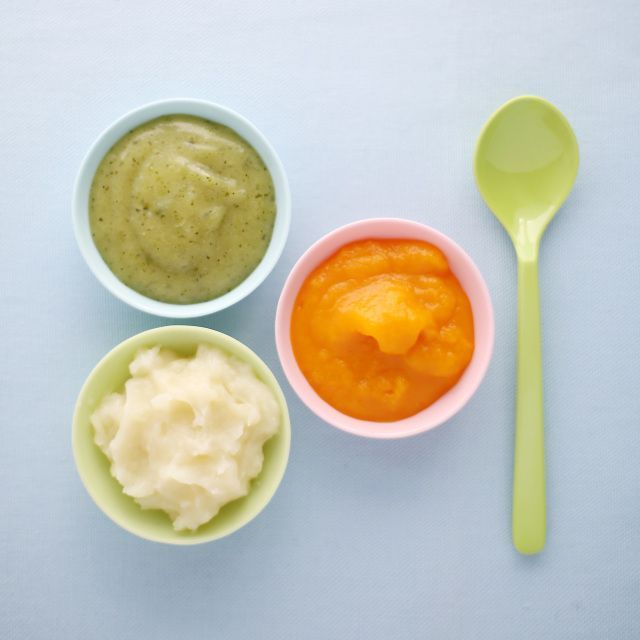
After the development phase, finished products are sent to a focus group of around 50 people and if they like the taste, the brand will be presented at a trade fair.
Lee said that Jelly Belly’s R&D department was currently focused on non-GMO ingredients and was staying away from the Southhampton colors that had be linked in a study to child hyperactivity.
“We try to go as organic as possible – this is the trend,” said Lee.
Barf, dead fish and booger flavored candy makers introduce two new flavors!
BiteClub
Can you even handle eating a jelly bean that tastes like rotten fish?
By biteclub
Copy URLhttps://www.sonomamag.com/barf-dead-fish-and-booger-flavored-candy-makers-introduce-two-new-flavors/
Six issues | One Great Price
Your insider's guide to Wine Country
Subscribe
By biteclub
Copy URL
Six issues | One Great Price
Your insider's guide to Wine Country
Subscribe
Every year, Jelly Belly Candy Company comes out with new flavors for their horrifyingly awful BeanBoozled game.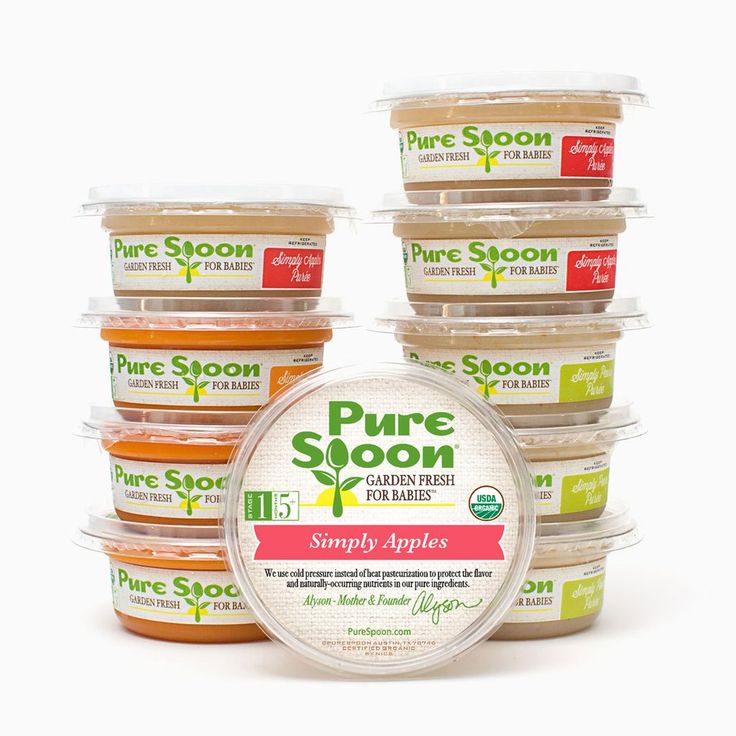
Disgusting flavors like boogers, spoiled milk, barf and dead fish are paired with more delicious flavors that, from the outside, look identical. For instance, rotten egg has the exact same yellow and white shell as buttered popcorn; tutti-fruitti’s evil doppelganger is stinky socks.
The fun, for 14-year-old boys and adults with a masochistic streak, is daring someone to eat the beans not knowing if they’ll get a mouthful of delicious peach flavor or wretch-inducing barf flavor.
This year’s nasty additions: Stink bug/toasted marshmallow and dirty dishwater/birthday cake.
Previous flavors have included baby wipes, moldy cheese, skunk spray, lawn clippings, pencil shavings and Minion fart.
The new Bean Boozled game from Jelly Belly. Yum or yucko?
All we can think of is who the poor testers are who have to figure out of the canned dog food flavor is really dog-food flavored enough, or if, you know, it needs more liver and chicken necks to really live up to the name.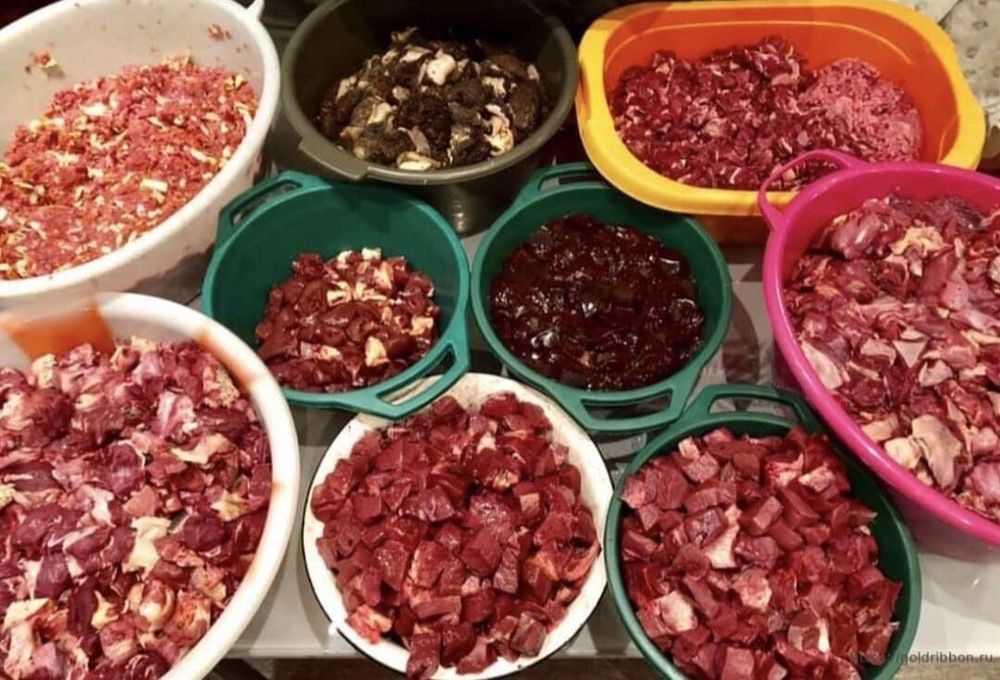
The beans will hit shelves this summer, so be prepared if your kids try to pawn off a yummy peach jelly bean on you.
Subscribe to Our Newsletters!
- Cork + Fork Be the first to know where to eat and drink!
- Sonoma At Home Get a peek inside stunning Sonoma homes plus interior design inspiration
- Destination Sonoma Places to go when you are in Sonoma
- Play Petaluma Weekly entertainment news and events
- This Week in Sonoma Weekly updates on what to see, eat, drink and do in Sonoma County
Tags: Jelly Belly
Comments
Most Popular Stories
- Sonoma Restaurant Named One of the Best in America by Esquire
- 10 New Sonoma Restaurants We Can’t Wait to Try
- Where to Go for the Absolute Best Steak in Sonoma County
- Sonoma County Gets Its First Non-Alcoholic Cocktail Bar
- Cozy Sonoma Restaurants and Bars for Chilly Days
Subscribe Now
- Cork + Fork Be the first to know where to eat and drink!
- This Week in Sonoma Weekly updates on what to see, eat, drink and do in Sonoma County
- Sonoma At Home Get a peek inside stunning Sonoma homes plus interior design inspiration
- Destination Sonoma Places to go when you are in Sonoma
- Play Petaluma Weekly entertainment news and events
How to Prevent Nausea and Vomiting in Babies
Viktoria Levchuk© Babies often have nausea and vomiting.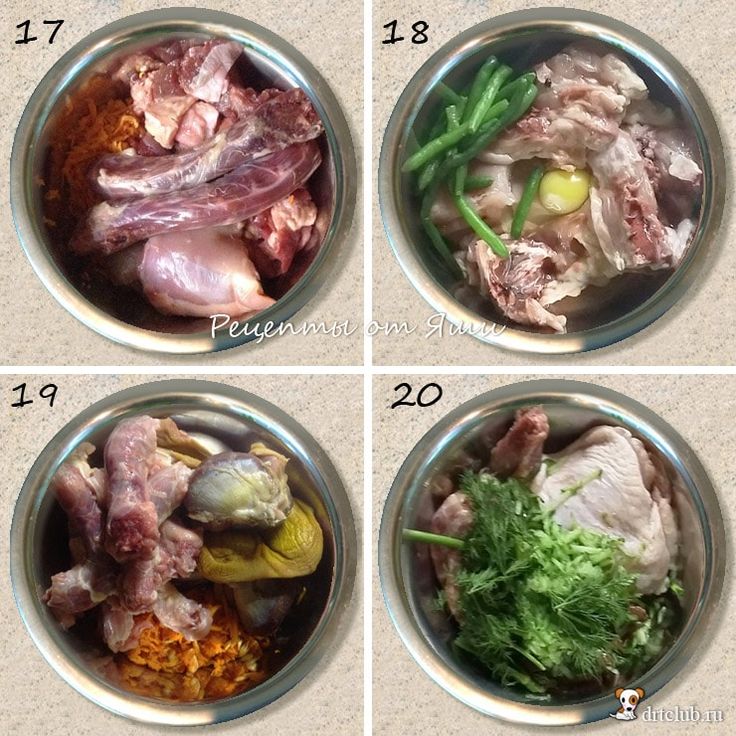 In fact, for them is gastroenteritis - is normal . How to prevent nausea and vomiting?
In fact, for them is gastroenteritis - is normal . How to prevent nausea and vomiting?
This kind of discomfort still worries most parents. Today I will tell you how to avoid nausea and vomiting in babies, what it is, why it can happen and how to deal with it.
What is meant by nausea and vomiting?
Contents:
First, it is important to know the difference between vomiting and nausea.
Vomiting is the return of food taken orally. This is done involuntarily and requires effort. Conversely, nausea occurs when the child eats too quickly and swallows air. Then the food seems to be in the throat, but it does not come out, but you really want it.
For this reason it is quite difficult to understand vomiting or nausea. Vomiting can occur at any age, but reflux is common in infants.
vomiting in infants Generally speaking, vomiting is beneficial.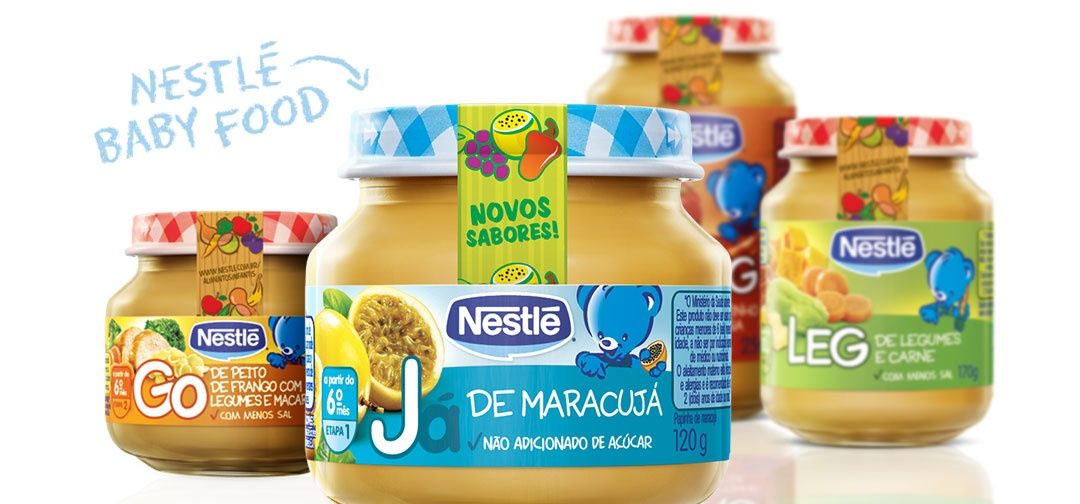 This is one way to get rid of bad or junk food quickly. However, this can lead to serious problems such as dehydration if not treated properly.
This is one way to get rid of bad or junk food quickly. However, this can lead to serious problems such as dehydration if not treated properly.
Causes of nausea and vomiting in children
Child vomitingAs for the causes of nausea and vomiting, they will depend on the age of the child. However, there are two common causes of vomiting in infants:
- Gastroenteritis : This is an enteric virus that causes diarrhea and vomiting.
- Gastroesophageal reflux : this occurs when the sphincter of a child who is still in the process of maturation does not relax and makes it difficult for food to pass. This causes reflux and therefore vomiting. This usually takes more than 12 months.
Other less common causes may be:
- Food intolerance or allergy to lactose.
- Metabolic disorders.
- Intestinal obstruction.
For all these reasons, should consult your pediatrician, , to help identify the causes and begin treatment as soon as possible.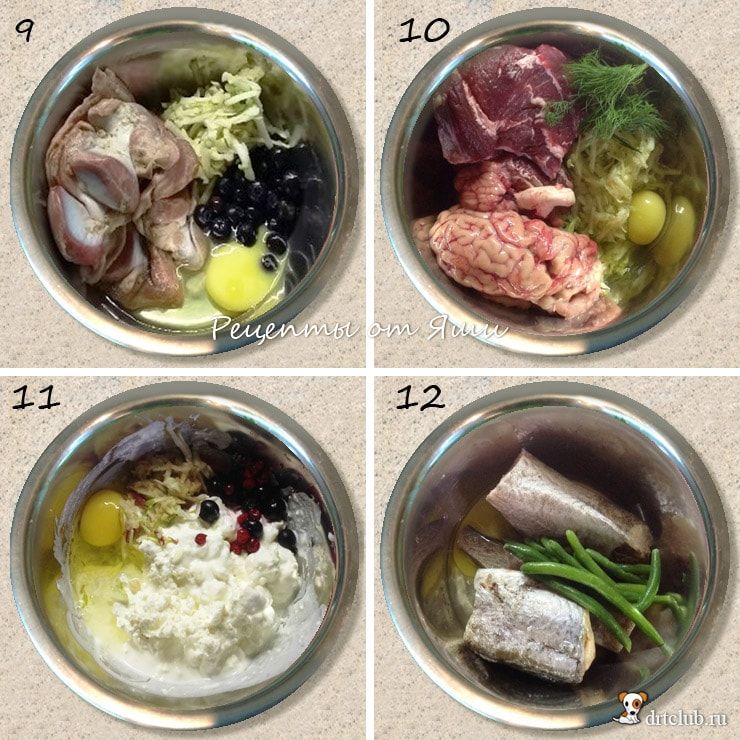
Things to watch out for
Vomiting in childrenAlthough vomiting may come and go, there are some symptoms to be aware of. The child should be taken to the doctor if the following symptoms are observed:
- Vomiting after a blow to the head.
- Blood in the vomit (may look brown).
- The child vomits for a long time.
- There is lethargy or apathy. However, some children may experience irritability and sadness.
- Abdominal pain and swelling.
- Bloody stool.
- Green or yellowish vomit.
- The child has a high fever.
Treatment
vomiting in childrenElectrolyte rehydration is the most appropriate measure to avoid complications in case of frequent vomiting. Keeping your baby hydrated is the first step to take if he or she is vomiting.
To do this, follow the instructions of the pediatrician. Depending on the age of the child, the doctor may prescribe an oral electrolyte solution or a liquid diet until recovery.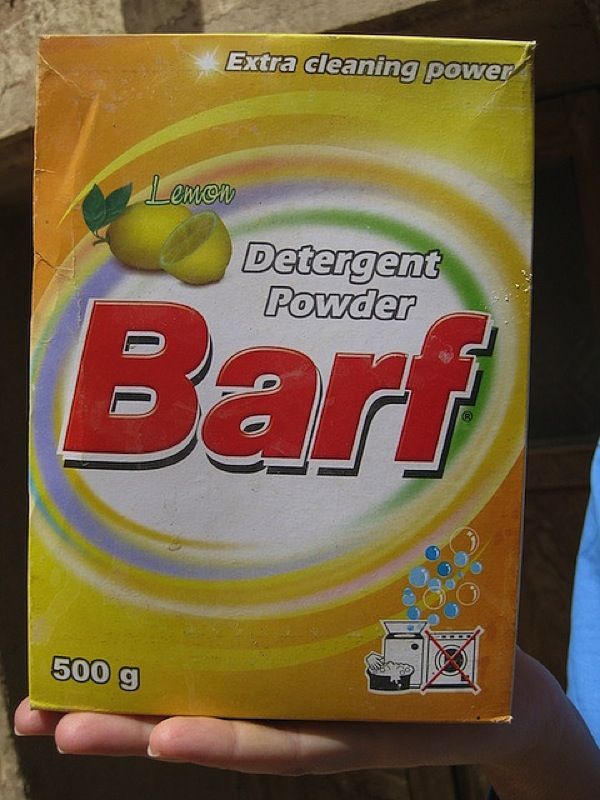 In any case, drugs should be administered slowly so that they are not rejected by the stomach.
In any case, drugs should be administered slowly so that they are not rejected by the stomach.
It is important to remember here that a sick child should not be forced to eat. Instead, you should wait until he gets hungry. So, after 8 hours without vomiting, you can begin to introduce a soft diet, such as broths, soups and bread, if the child is over a year old. Be sure to breastfeed if the baby is breastfed. Usually, breast milk is well absorbed, even if the child often vomits on any piece of food.
I specifically do not write detailed treatment instructions. Vomiting or nausea can be for any reason that a doctor needs to determine. The most important thing is to give the child water to drink, other recommendations should be given by a specialist who examines the child.
Prevention of nausea and vomiting in children
Vomiting in children To avoid vomiting, it is necessary to be able to prevent its possible causes. But this is not possible, because it is difficult to predict when the child will feel bad.
However, in the case of gastroesophageal reflux disease, steps can be taken to prevent reflux:
- Help the child lie down after each meal . Help get rid of gases that can cause reflux or vomiting.
- Change diet . If the child is breastfed, then the mother should exclude certain foods from her diet, the child will feel better and will vomit less.
- Consult your pediatrician about how to breastfeed your baby so that he does not swallow air.
- Feed the baby in a position that facilitates the downward movement of food (vertical position), and do not move too much either before or after.
- Try to feed him slowly . This is especially important if the baby is bottle fed. Check if there are very large holes in the bottle, as in this case the baby may feed too quickly or the puncture in the bottle is too small and the liquid does not flow out of the bottle during sucking.
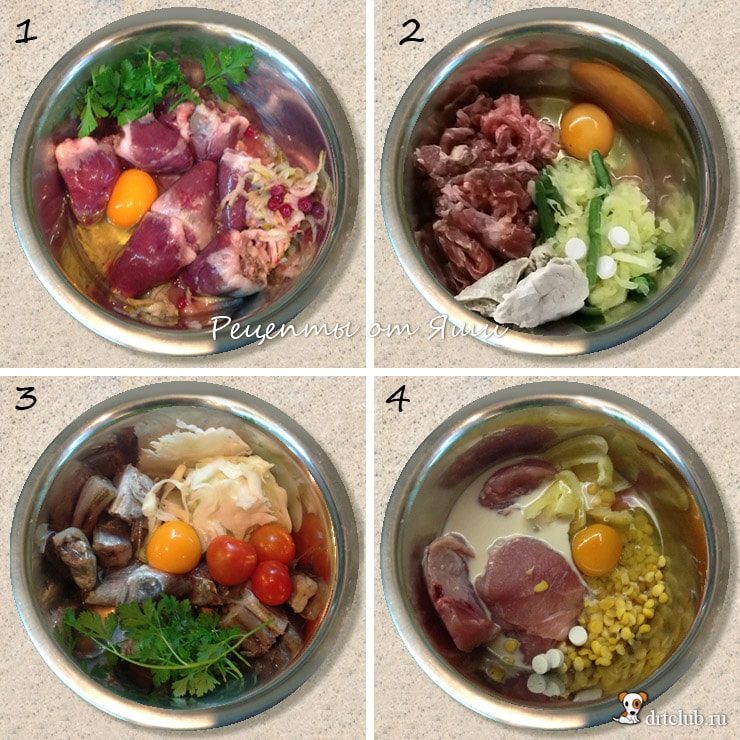
- It is worth to feed the baby more often, but less time if he is breastfeeding .
Personal experience
Vomiting in babiesIn my 6 years of motherhood, I have experienced vomiting more than once. Rotavirus infection often leads to vomiting, as well as poisoning . These are the most common causes of vomiting in children, at least in mine. Also, the younger child often vomits on Nurofen , because of the sugary-sweet taste. In this case, in order to reduce the temperature, it is necessary to use another remedy based on another drug. So if the child vomited with Nurofen, then I wait half an hour, and if the temperature does not decrease, I put an antipyretic candle with paracetamol (ambulance advice). But I always consult a doctor. Because the baby may vomit for another reason, not because the medicine tastes disgusting.
If the child is poisoned by food, then vomiting can be single. It is immediately clear that this is poisoning, because after getting rid of food, the child gets better. But if vomiting recurs, then we call an ambulance, because with a child you can’t predict when emergency help is needed. Also, a small child often gets rid of objectionable food by vomiting. This is not something to be afraid of. Usually, immediately after vomiting, the child continues his business and even asks for food. This is not poisoning, not good food that the stomach cannot handle. We had this with oily fish, it didn’t go, the child vomited once, after half an hour he was already eating borscht.
It is immediately clear that this is poisoning, because after getting rid of food, the child gets better. But if vomiting recurs, then we call an ambulance, because with a child you can’t predict when emergency help is needed. Also, a small child often gets rid of objectionable food by vomiting. This is not something to be afraid of. Usually, immediately after vomiting, the child continues his business and even asks for food. This is not poisoning, not good food that the stomach cannot handle. We had this with oily fish, it didn’t go, the child vomited once, after half an hour he was already eating borscht.
Vomiting may also begin with large pieces of food that the baby does not chew, but tries to swallow. This is also possible, especially if the baby is less than a year old. Here we return for a while to small pieces or baby puree. If vomiting is repeated due to pieces, then you should contact a speech therapist or ENT doctor, check why the child cannot swallow and what prevents him in this process.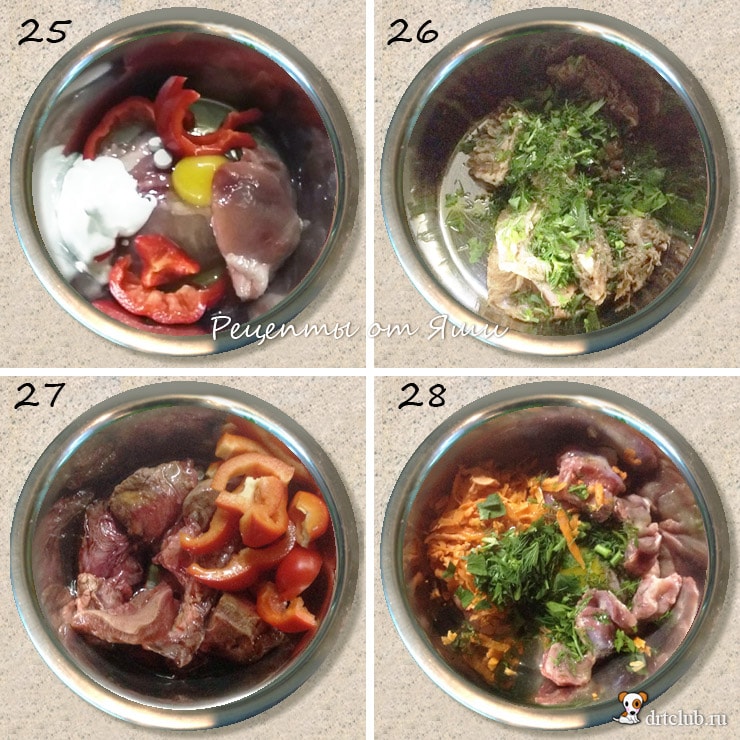
Nausea is more difficult. My oldest child still doesn't understand if it's a stomach ache or nausea. Because the last poisoning showed that he does not distinguish these processes at all. When asked about his well-being, he says that his stomach hurts. Nausea can be in case of poisoning or gastrointestinal disease. In the latter case, to a gastroenterologist, always without initiative. It is a matter of quality of life and future nutrition. If a child has gastritis or problems with the pancreas, then it is better to know about the diagnosis from the very beginning in order to help the baby with nutrition, rather than treating an advanced case with medicines.
Psychological assistance to a child with vomiting
I am writing my opinion, I ask psychologists to supplement it if you wish.
vomiting Do not yell at the child, do not scold, this is an instinctive process, it is difficult to control it. Gently take it in your arms, with your back to you, and carry it to the bathroom, if possible. If not, then do not care about the carpet and floors, then clean it up. We support the child so that he does not choke on his own vomit. It can get into the respiratory tract, it will be more dangerous than vomiting itself. Therefore, we hold upright and head down, so that it is convenient to get rid of food. Keep your hair if it's a girl. We stroke on the head and you can carry any gentle or affectionate nonsense in a calm tone. The parent should be like a rock, because it’s hard to be scared if the most important person is calm and assures that this is normal and will pass soon.
If not, then do not care about the carpet and floors, then clean it up. We support the child so that he does not choke on his own vomit. It can get into the respiratory tract, it will be more dangerous than vomiting itself. Therefore, we hold upright and head down, so that it is convenient to get rid of food. Keep your hair if it's a girl. We stroke on the head and you can carry any gentle or affectionate nonsense in a calm tone. The parent should be like a rock, because it’s hard to be scared if the most important person is calm and assures that this is normal and will pass soon.
Vomiting is also dangerous because of fright. Especially if the baby is very small. Therefore, calming down is the best solution. Hug if he asks, go to bed with him. This is especially true if vomiting is repeated at night. In order not to run to the bath, we put a basin at the head of the bed. By the way, it may be more convenient for a child to sleep on his stomach or side, children instinctively pull their knees towards themselves.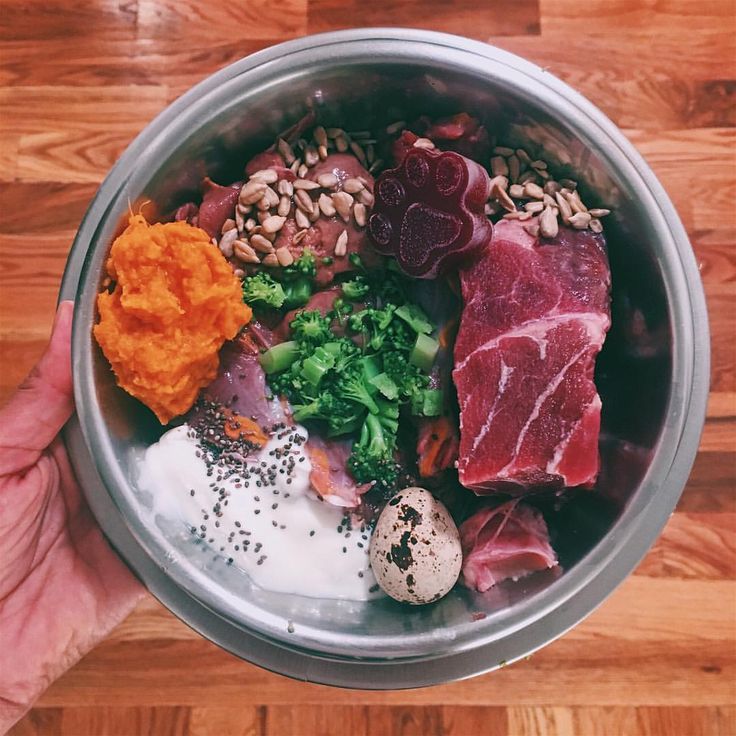 Lying on your back with vomiting is not recommended by doctors.
Lying on your back with vomiting is not recommended by doctors.
Just understand, this is a physiological process, from the fact that you scold the child (how did you not run to the bath?) nothing will change. He cannot restrain the urge to vomit, simply because he still has a poor command of this function. On the other hand, did you often manage to run to the bathroom? It was only during my pregnancy at the end of the first semester that I learned how to get to the bath without embarrassment.
Conclusions
Vomiting in infants is not uncommon. However, you need to be vigilant and try to look for any signs that may indicate complications or serious problems.
Finally, remember that during vomiting it is important to ensure that the child remains hydrated. As usual, we consult with our pediatrician and follow his instructions.
It is important to note that in case of vomiting in a child under one year old, you should immediately consult a doctor. With an older child, immediate medical attention is carried out after vomiting twice or more. If in any doubt, call an ambulance for advice. Vomiting is not the state of the child when it is worth watching the child and waiting for deterioration.
Baby food with zucchini - choose ready-made puree
› ›
Depending on the method of feeding, the first complementary foods are introduced into the diet of babies at different times. A breastfed baby does not need additional nutrients until 6 months of age. With artificial feeding, complementary foods become a necessity from 4-4.5 months.
Photo: depositphotos.com. Author: Rawlik.
What will be the first product that will be introduced to the baby - porridge or vegetable puree - the pediatrician decides, justifying the appointment with an increase in the weight of the baby. With normal or overweight crumbs, the best choice for the first feeding will be vegetable puree and, as a rule, zucchini.
Contents
- Secrets of useful composition
- From a jar or saucepan?
- Best Choice
- Zucchini Puree
- Single Ingredient
- Multi Ingredient
- Entering into the diet according to the rules
- What should you know about complementary foods?
Secrets of useful composition
Zucchini is an early vegetable with almost no taste and aroma, it has a number of useful properties and occupies a special place in the preparation of the first complementary foods for children.
Most of the water is 93%. The share of proteins accounts for 0.5%, carbohydrates - about 5-6%, and fats barely reach 0.1%. Being the leader among low-calorie vegetables, zucchini contains only 18-20 kcal per 100 g and occupies a strong position in the diet menu. How useful is it for a growing child with high carbohydrate and protein needs? The answer is obvious - its balanced composition.
Zucchini is a source of vitamins and microelements necessary for a baby. Moreover, there are more of them in unripe vegetables, which many manufacturers of baby food take into account today. A set of B vitamins: B1 and B2), ascorbic, folic and nicotinic acids, a wide range of trace elements (phosphorus, calcium, sodium, iron, copper, chromium and potassium) and delicate fiber enrich the baby's nutrition and contribute to:
Moreover, there are more of them in unripe vegetables, which many manufacturers of baby food take into account today. A set of B vitamins: B1 and B2), ascorbic, folic and nicotinic acids, a wide range of trace elements (phosphorus, calcium, sodium, iron, copper, chromium and potassium) and delicate fiber enrich the baby's nutrition and contribute to:
- strengthening the protective properties organism;
- stimulation of the secretion of digestive enzymes;
- normalization of intestinal motility;
- improvement of the nervous system and hematopoietic processes.
Baby zucchini puree does not cause allergic reactions, is easily digested and does not irritate the mucous membrane of the gastrointestinal tract. A small content of fiber fibers gently affects the intestines, normalizes peristalsis and eliminates the tendency to constipation. Fiber promotes the growth of beneficial microflora that resists the development of dysbacteriosis.
According to the Russian Academy of Medical Sciences, the best first food is a vegetable that is typical for cultivation in the region and typical for the family menu. Zucchini ideally meets these requirements for most Russians.
Zucchini ideally meets these requirements for most Russians.
From a jar or saucepan?
The World Health Organization unequivocally recommends the first industrial vegetable complementary foods. This does not mean that at home it will not be possible to prepare a complete children's vegetable food. On the contrary, it will taste better. But who will give a guarantee in a supermarket or in the market that the zucchini is grown in environmentally friendly conditions, has it been subjected to increased feeding with fertilizers and spraying with pesticides?
Vegetable marrow puree is called homogenised. In the production process, a homogeneous product structure is achieved, when the juice and pulp are not divided into fractions, but are one whole. Homogenization - thorough grinding and repeated mixing, which can only be achieved on production equipment.
Homogenized purees are ideal for first foods. Introducing the baby to a new consistency, they do not cause a gag reflex.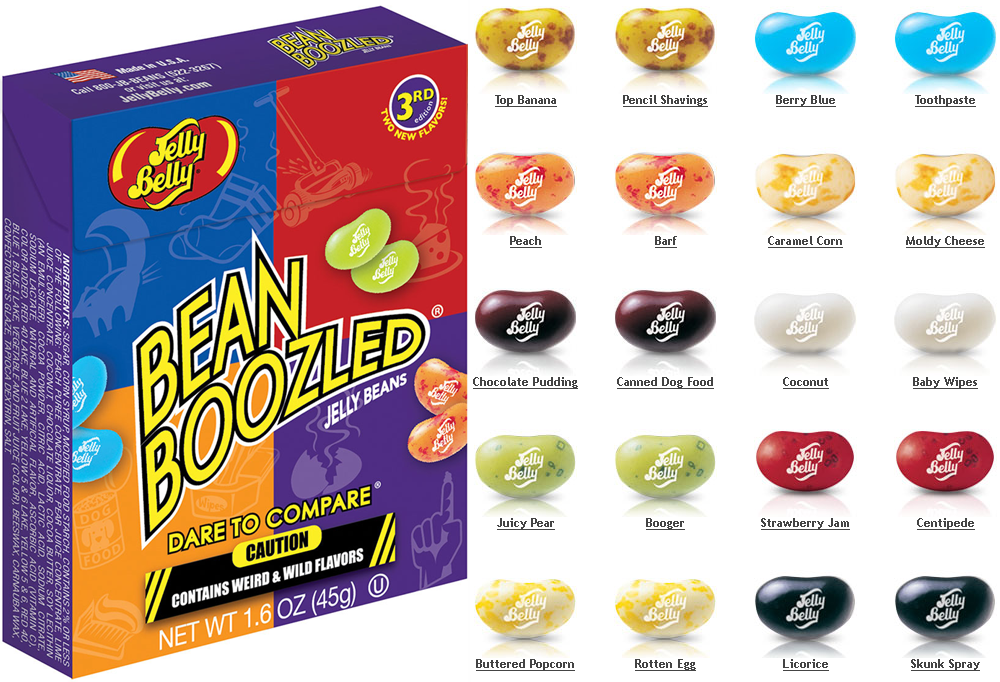 Perhaps they will seem liquid to mothers, but it will be much easier for a baby to swallow liquid food than a thick mass that has stuck to a spoon.
Perhaps they will seem liquid to mothers, but it will be much easier for a baby to swallow liquid food than a thick mass that has stuck to a spoon.
Vegetable marrow puree is prepared by evaporation in special vacuum machines at a temperature not exceeding 100 degrees. This allows manufacturers to keep a maximum of useful substances in the composition of the finished children's product. As for zucchini, it does not lose its vitamin composition during heat treatment, as well as during freezing.
The best choice
In specialized stores and on supermarket shelves, baby vegetable puree is presented in a huge assortment. Small jars with zucchini are offered by imported and Russian manufacturers. What to choose?
Surely the sincere advice of familiar parents, faced with the problem of choosing zucchini puree, did not clarify. For some, the contents of the jar became "shock and horror", for others - "delicate texture with a pleasant taste."
What do pediatricians advise? Be patient and choose the product to the taste of the baby, not the mother.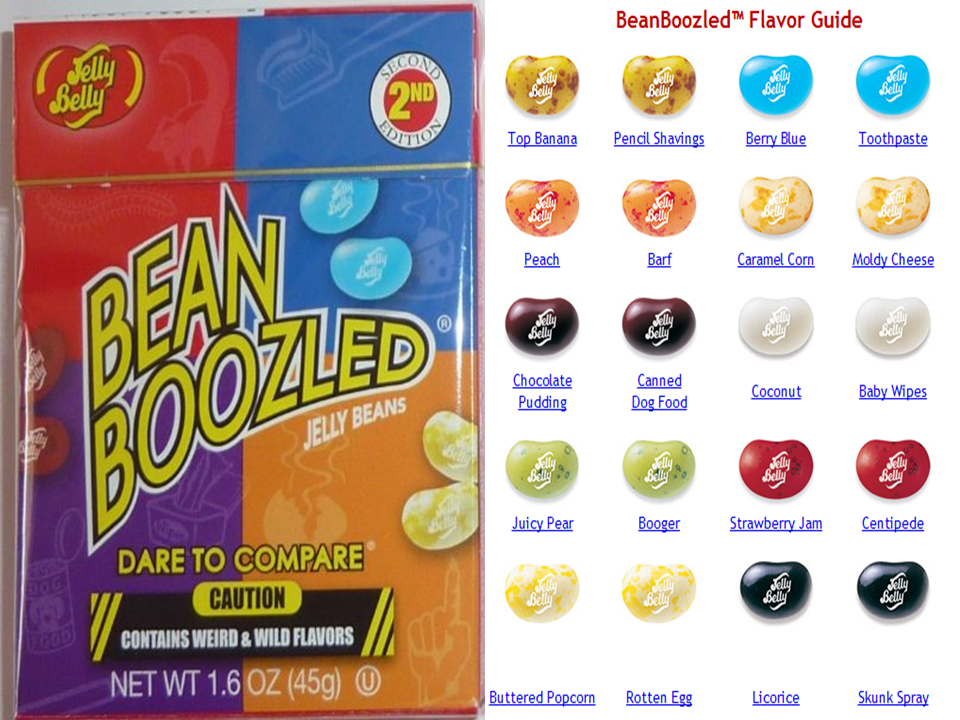 A simple rule will help simplify the choice of puree. The composition of the product for the first feeding should include only one vegetable - zucchini. Feeding a child a one-component product will indicate exactly what caused the allergy. Subsequently, the diet of the crumbs can be expanded with other vegetable purees, each of which is introduced, starting with fractional doses.
A simple rule will help simplify the choice of puree. The composition of the product for the first feeding should include only one vegetable - zucchini. Feeding a child a one-component product will indicate exactly what caused the allergy. Subsequently, the diet of the crumbs can be expanded with other vegetable purees, each of which is introduced, starting with fractional doses.
Read the composition carefully. It should not contain salt, sugar, starch and other additives. On the jars, in addition to the composition and weight, as a rule, the recommended age is indicated, from which the child should be fed, as well as the manufacturer.
Along with eminent European companies producing food for children, domestic companies produce mashed potatoes of decent quality. Excellent taste, delicate texture and affordable prices often justify the choice of parents in favor of a Russian product with zucchini of the following brands: "Spelenok", "Babushkino basket", "Tyoma".
Zucchini puree
In our market, food for children is represented by foreign companies with well-known names and popular Russian enterprises.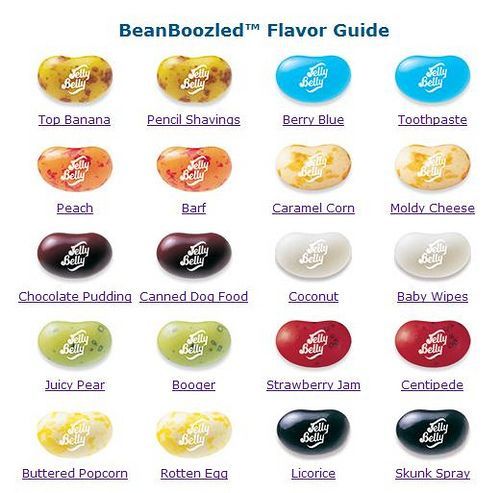 Assuming responsibility for the health of babies, they carry out control at every stage of preparation. Moreover, many grow vegetables on their own, including zucchini, to ensure the quality of the products.
Assuming responsibility for the health of babies, they carry out control at every stage of preparation. Moreover, many grow vegetables on their own, including zucchini, to ensure the quality of the products.
Single component
Puree with squash as the only vegetable component represented by the following companies:
- "Spelyonok" (Russia). Zucchini puree is packaged in glass jars of 80 g, 125 g and tetrapacks of 125 g each. The products are made from raw materials grown on the farm of the Sady Pridonya enterprise. Recommended for babies from 4 months of age. It has a delicate texture and taste.
- "Grandmother's basket" (Russia). Designed for the first complementary foods for babies from 4 months of age. Produced by the company "Sivma", which offers consumers a high quality natural product at an affordable price, packaged in glass jars of 100 g.
- "Bambolina" (Belarus). The puree is made according to the European recipe from mushroom zucchini, enriched with ascorbic acid, packaged in glass containers of 100 g.
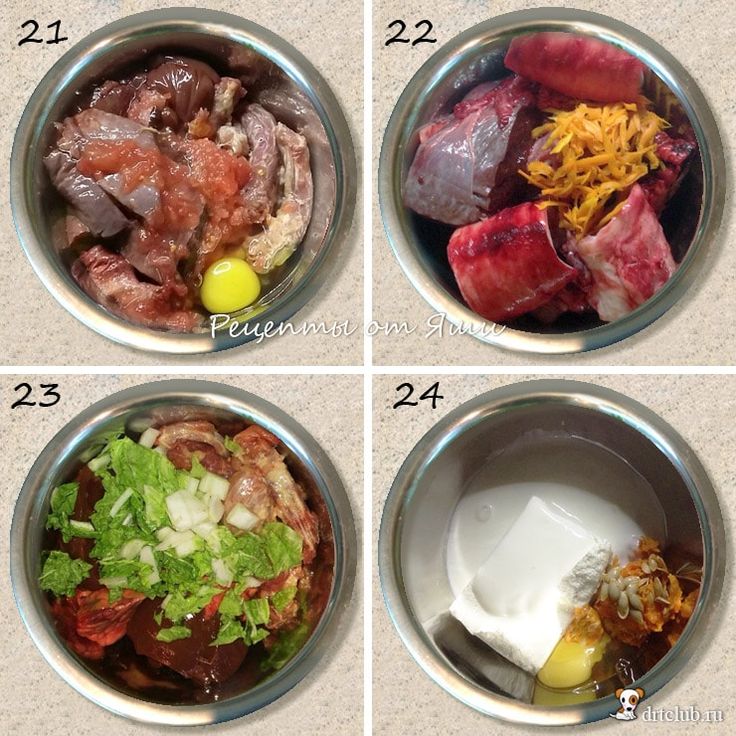 It is recommended as a first complementary food from 4.5 months.
It is recommended as a first complementary food from 4.5 months. - "Abibok" (Belarus). Baby puree from zucchini variety "Gribovsky" for babies 4 months does not contain harmful additives. Packed in jars of 100 and 190 g.
- "Semper" (Sweden). Puree of zucchini (a tender variety of zucchini) for the first vegetable feeding. Recommended for use from 4 months.
Multi-component
These purees combine zucchini with other vegetables, fruits and milk. Also included in children's salads and sauteed. Nutrition with an expanded range of products diversifies the child's menu after getting acquainted with one-component puree:
- Gerber (Nestle, Switzerland): sautéed zucchini, potatoes and cauliflower; vegetable salad with zucchini, carrots, cauliflower and potatoes; zucchini with potatoes or broccoli, apple, milk.
- "Hipp" (Germany) offers as complementary foods: organic zucchini and potato puree enriched with rapeseed oil (a source of omega-3 and omega-6 fatty acids) and boiled rice in 125 g glass jars.
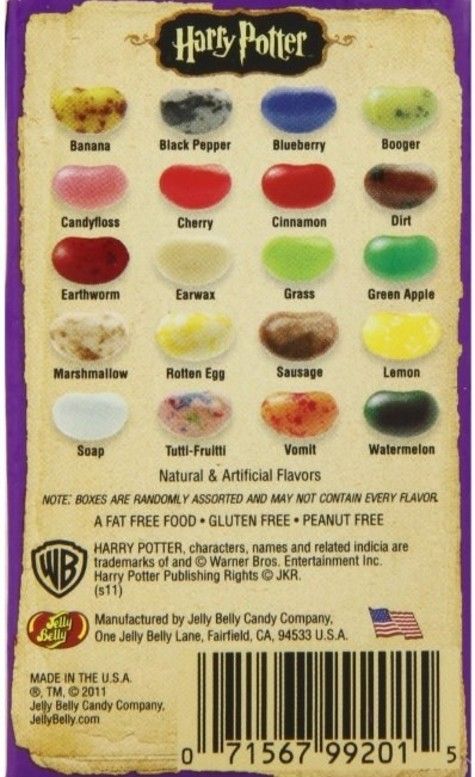
- "Bebivita" (Germany) in 100 g packaging in a glass jar, zucchini is supplemented with wholemeal rice flour and corn oil. Recommended for feeding children older than 4 months.
- "Semper" (Sweden): mashed marrow or zucchini with potatoes contains olive oil and potato flakes. Designed for children over 4 months old. Produced in glass jars of 125 g.
- Nestle (Switzerland) produces zucchini with potatoes, rice flour, spinach, parsley and vegetable oil, recommended for babies from 8 months.
- "Babushkino Lukoshko" (Russia) has a large selection of multi-component zucchini puree: with apple, milk, carrots, wheat flour.
- FrutoNyanya (Russia, Progress company) offers zucchini with cauliflower, broccoli or potatoes to children from 5 months to 3 years old. Jars of 80 g have additional protection on the lids and convenient color coding.
We introduce into the diet according to the rules
Photo: depositphotos.com. Author: Reanas.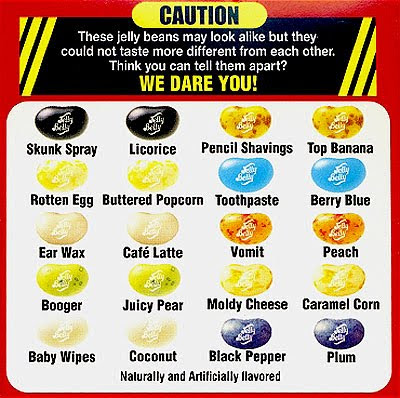
Before a small taster tries a new food in terms of content and consistency, the puree must be warmed up to 40 degrees.
If the child needs to give 1-2 spoons of the product, then there is no point in heating the whole jar. It is easier to put the required amount of the product in a small glass container and warm it up by placing it in a large bowl with warm water.
Discussions about the dangers of heating in a microwave oven are not confirmed in the scientific community, but at the same time, there are no proposals from pediatricians to use this method in everyday life. Therefore, you will have to use the microwave at your own peril and risk.
What should I know about complementary foods?
- The first complementary foods are introduced gradually - from ¼ tsp. to full volume, doubling the amount of puree daily: ½ -1-2-4 tsp. etc., up to 80-100 g. or unstable stool, etc.
- Before the introduction of new types of puree (zucchini combined with another vegetable, cereals or milk), the baby should receive the first one-component complementary foods in full for a week - at least.
